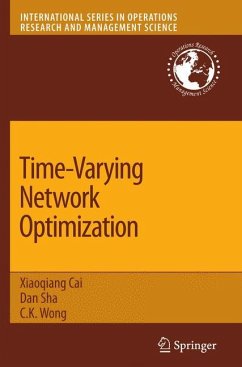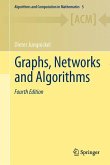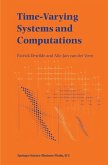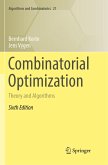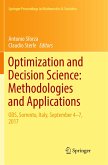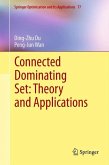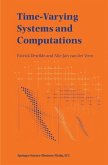This text describes a series of models, propositions, and algorithms developed in recent years on time-varying networks. References and discussions on relevant problems and studies that have appeared in the literature are integrated in the book.
Network ?ow optimization problems may arise in a wide variety of important ?elds, such as transportation, telecommunication, computer networking, ?nancial planning, logistics and supply chain management, energy systems, etc. Signi?cant and elegant results have been achieved onthetheory,algorithms,andapplications,ofnetwork?owoptimization in the past few decades; See, for example, the seminal books written by Ahuja, Magnanti and Orlin (1993), Bazaraa, Jarvis and Sherali (1990), Bertsekas (1998), Ford and Fulkerson (1962), Gupta (1985), Iri (1969), Jensen and Barnes (1980), Lawler (1976), and Minieka (1978). Most network optimization problems that have been studied up to date are, however, static in nature, in the sense that it is assumed that it takes zero time to traverse any arc in a network and that all attributes of the network are constant without change at any time. Networks in the real world are, nevertheless, time-varying in essence, in which any ?ow must take a certain amount of time to traverse an arc and the network structure and parameters (such as arc and node capacities) may change over time. In such a problem, how to plan and control the transmission of ?ow becomes very important, since waiting at a node, or travelling along a particular arc with di?erent speed, may allow one to catch the best timing along his path, and therefore achieve his overall objective, such as a minimum overall cost or a minimum travel time from the origin to the destination.
Network ?ow optimization problems may arise in a wide variety of important ?elds, such as transportation, telecommunication, computer networking, ?nancial planning, logistics and supply chain management, energy systems, etc. Signi?cant and elegant results have been achieved onthetheory,algorithms,andapplications,ofnetwork?owoptimization in the past few decades; See, for example, the seminal books written by Ahuja, Magnanti and Orlin (1993), Bazaraa, Jarvis and Sherali (1990), Bertsekas (1998), Ford and Fulkerson (1962), Gupta (1985), Iri (1969), Jensen and Barnes (1980), Lawler (1976), and Minieka (1978). Most network optimization problems that have been studied up to date are, however, static in nature, in the sense that it is assumed that it takes zero time to traverse any arc in a network and that all attributes of the network are constant without change at any time. Networks in the real world are, nevertheless, time-varying in essence, in which any ?ow must take a certain amount of time to traverse an arc and the network structure and parameters (such as arc and node capacities) may change over time. In such a problem, how to plan and control the transmission of ?ow becomes very important, since waiting at a node, or travelling along a particular arc with di?erent speed, may allow one to catch the best timing along his path, and therefore achieve his overall objective, such as a minimum overall cost or a minimum travel time from the origin to the destination.
From the reviews: "This monograph provides a unified framework for a series of models and algorithms to study flow optimization problems in time-varying networks. ... the topics covered by this monograph make it useful for graduate students as a textbook and are of interest for engineers and researchers working on time-varying network optimization problems." (Francesc Comellas, Mathematical Reviews, Issue 2009 b)

